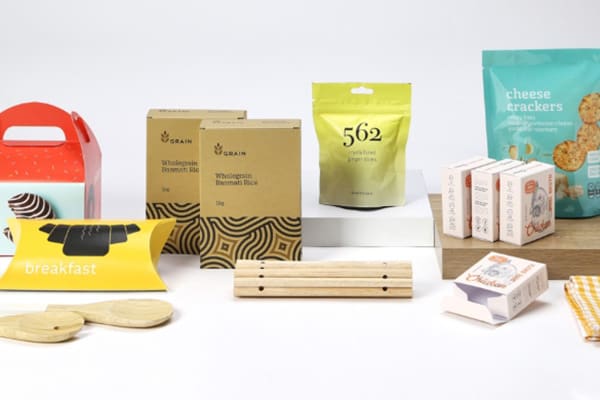As the world grapples with the pressing issue of plastic pollution, the demand for sustainable alternatives is growing exponentially. Eco-friendly packaging is emerging as a promising solution to reduce our reliance on single-use plastics.
Traditional plastic packaging, while convenient, poses a significant threat to our environment. It takes hundreds of years to decompose, pollutes our oceans, and harms wildlife. As a result, consumers and businesses alike are seeking out more sustainable options.
The Rise of Eco-Friendly Packaging
Eco-friendly packaging refers to materials and methods that minimize environmental impact throughout their lifecycle. These alternatives often prioritize the use of renewable resources, reduce waste, and are designed for easy recycling or composting.
Some popular eco-friendly packaging alternatives include:
- Biodegradable plastics: Derived from plant-based materials such as corn starch or sugarcane, biodegradable plastics can break down naturally over time.
- Paper-based packaging: Paper, cardboard, and paperboard are widely used for packaging due to their recyclability and renewability.
- Compostable packaging: Made from materials like plant starch or cellulose, compostable packaging can be broken down into nutrient-rich compost.
- Reusable packaging: Products like glass jars, metal tins, and cloth bags can be used multiple times, reducing the need for single-use packaging.
Benefits of Eco-Friendly Packaging
- Reduced environmental impact: Eco-friendly packaging helps to conserve natural resources, reduce greenhouse gas emissions, and minimize pollution.
- Enhanced brand image: Consumers are increasingly conscious of environmental issues, and choosing eco-friendly packaging can enhance a brand’s reputation.
- Compliance with regulations: Many governments are implementing stricter regulations on plastic packaging, making it essential for businesses to adopt sustainable alternatives.
- Cost savings: In the long term, eco-friendly packaging can lead to cost savings through reduced waste and increased efficiency.
Challenges and Considerations
While eco-friendly packaging offers numerous benefits, there are also challenges to overcome. Some of these include:
- Cost: In some cases, eco-friendly packaging materials can be more expensive than traditional plastics.
- Performance: Certain eco-friendly materials may not offer the same level of protection or durability as traditional plastics.
- Limited availability: In some regions, the availability of eco-friendly packaging options may be limited.
The Road Ahead
To truly make a significant impact, a comprehensive approach is needed. This includes:
- Collaboration: Governments, businesses, and consumers must work together to promote and adopt sustainable packaging practices.
- Innovation: Continued research and development are needed to create new and improved eco-friendly packaging materials.
- Consumer education: Raising awareness about the benefits of eco-friendly packaging and encouraging consumers to make sustainable choices is crucial.
As the world becomes increasingly aware of the environmental consequences of our actions, the demand for eco-friendly packaging will only continue to grow. By embracing these sustainable alternatives, we can create a more sustainable future for generations to come.
Post time: 08-23-2024


